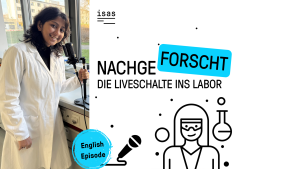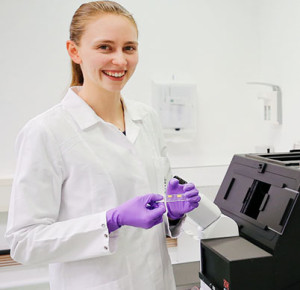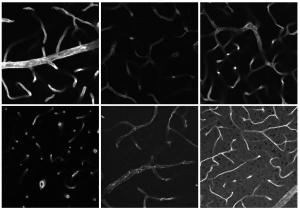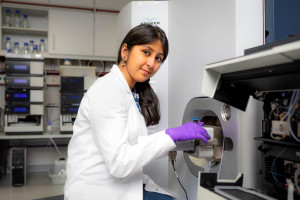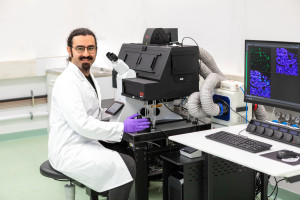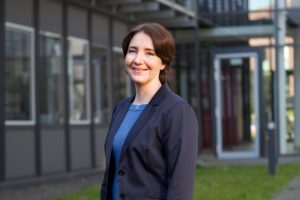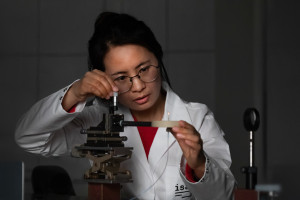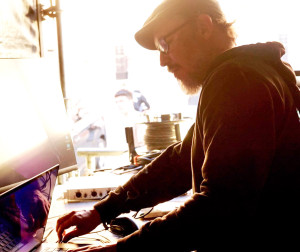Dortmund, 7th April 2021
Even as a student, Sebastian Brandt found it difficult to decide on just one natural science. After studying physics at TU Dortmund University, he joined ISAS for his master's thesis. That was followed by his doctorate, which he completed in March 2021 with the distinction summa cum laude. As part of the Miniaturisation working group, the 31-year-old is using his research to build a bridge between physics, chemistry and bioanalytics.
Huge success: Brandt’s micro plasma saves costs & resources
The physicist optimises and miniaturises plasma-based ionisation sources. In analytical chemistry, they are commonly used to prepare samples, in example for the analysis with a mass spectrometer. When Brandt a few years ago first encountered common ionisation methods and dielectrically impeded discharges used for ionisation, he immediately thought: "There has to be a better way!" During his doctorate at ISAS, Brandt worked on a new, powerful ionisation source. The result is the Flexible Microtube Plasma (FµTP), which, in combination with a nano-electrospray, initially combines sample delivery and ionisation in one setup. The FµTP, also known as looping plasma in the working group, is highly miniaturised, but robust and versatile. It is also compatible with various discharge gases such as argon, nitrogen or helium. Complex samples with numerous analytes like cholesterol can be analysed safely and efficiently with the FµTP.
The subject of Brandt's dissertation is not only the development of the FµTP, but also the particular manufacturing process. His doctoral supervisor, PD Dr. Joachim Franzke, calls Brandt a 180 percent guy: "His dedication reflects the quality and scope of his work, which goes far beyond the pure physical characterisation of the FµTP."
What’s next?
After his doctorate, there is still plenty for Brandt to do at ISAS: he is currently working on integrating the FµTP onto a microchip to refine the technology. When he is not conducting research at the institute, Brandt is enthusiastic about 3D printing in his spare time. He has already been able to apply his knowledge in that area at ISAS: Brandt and his colleagues produced a complete ion mobility spectrometer using 3D printing.
(Cheyenne Peters)
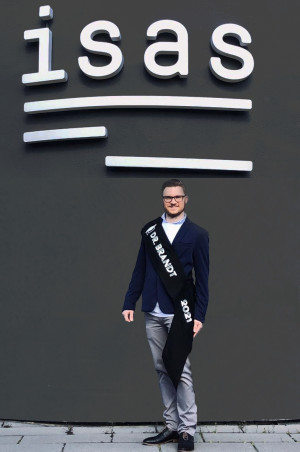
Dr. Sebastian Brandt wurde für seine Dissertation zum flexible Mikroröhrenplasma mit summa cum laude ausgezeichnet.
© Privat
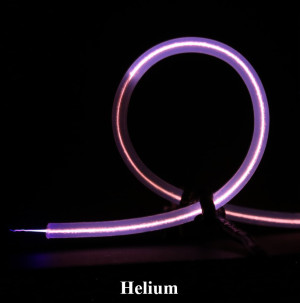
Das Flexible Microtube Plasma im Einsatz mit dem Edelgas Helium.
© Brandt
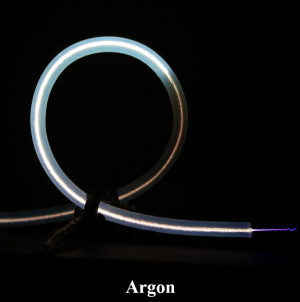
The FµTP arbeitet auch mit Helium.
© Brandt
